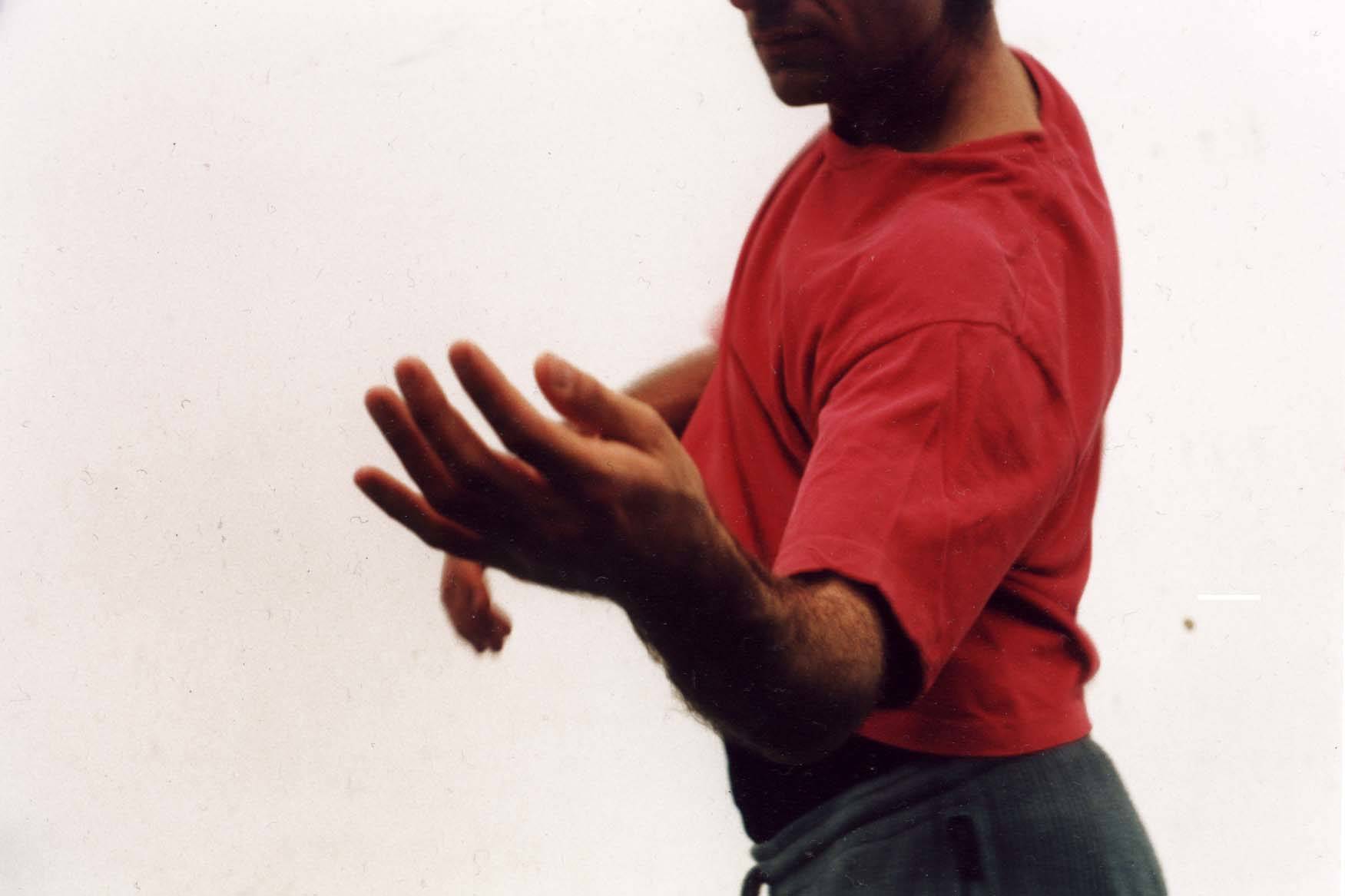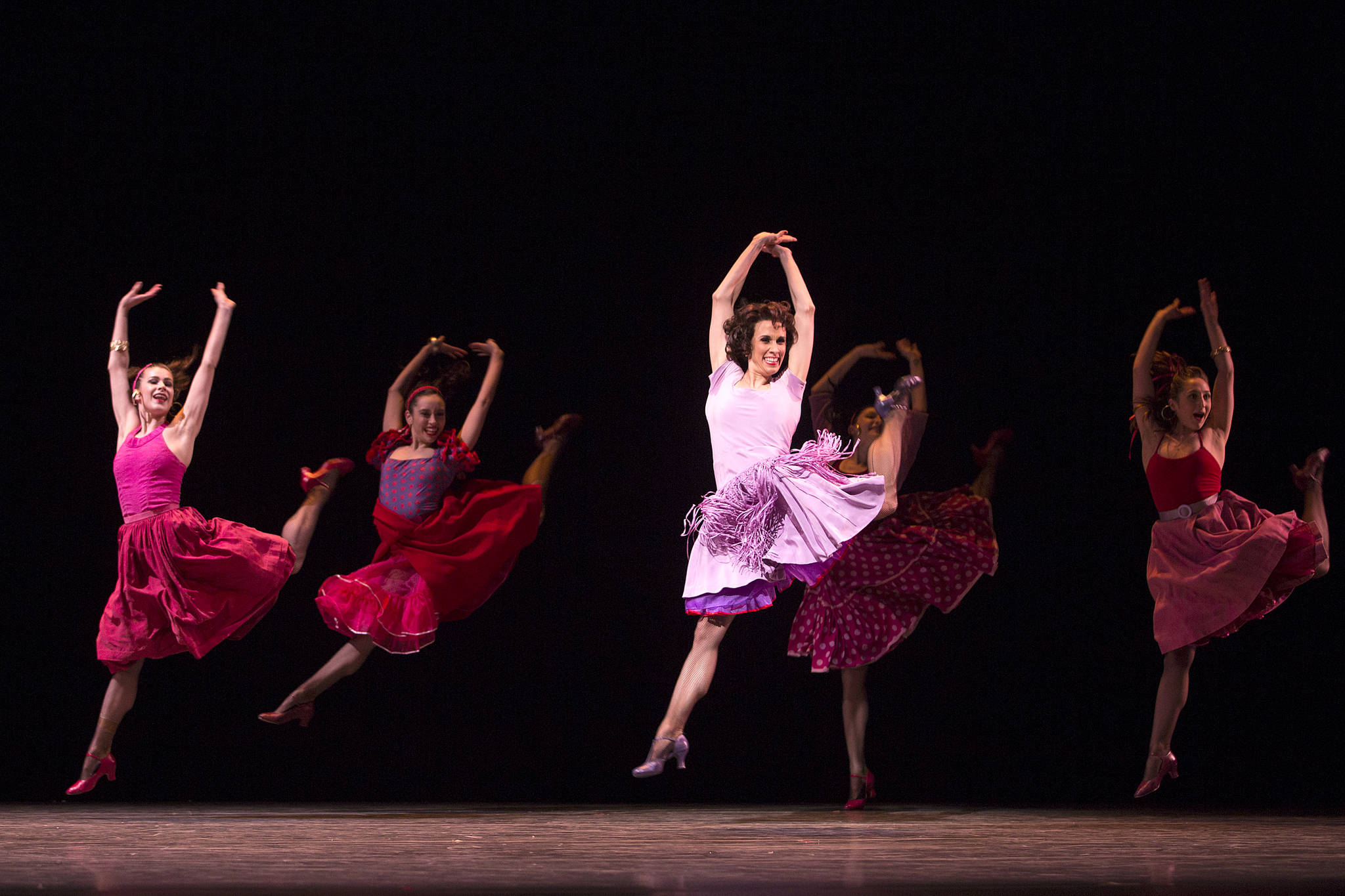Wade Madsen’s Four Elements (through Sunday, July 10, at the Broadway Performance Hall; 206-325-6500) isn’t a perfect work, but his program-length exploration of natural forces comes amazingly close. This is no surprise—Madsen is a highly skilled choreographer whose works combine kinesthetic thrills and structural integrity—yet this quartet of dances really showcases his particular expertise. Madsen turned 50 this year, and the show is an example of what happens when an already gifted individual keeps working at what he does best.
An alum of the Bill Evans Dance Company, which dominated the modern dance scene here from the mid-’70s into the late ’80s, Madsen has taken the lush flow of that style and updated it with a more contemporary edge. He’s not afraid to make unabashedly beautiful movement, pairing it with classical music or traditional themes that might daunt less experienced choreographers. Teaching dance composition has honed his skills, too, and on the simplest level, Four Elements could stem from one of his own class assignments; movement studies based on natural qualities have been a backbone of modern dance. This work, however, goes far beyond the textbook.
In “Air,” dancers may be swept back and forth like trees in a breeze, but they also walk on clouds, literally—carrying each other across the space, as well as rushing past each other in long, swooping lines. Alison Cockrill, always a welcome sight, anchors this section as she calmly follows a long diagonal path in a yearning adagio, finally joining the rest of the group surging through the space.
“Earth” does, indeed, hug closer to the ground. In a powerful solo, Ben Maestas keeps rising and falling, making long sequences out of bone-twisting maneuvers. Later, the whole ensemble rolls along the floor, arms and legs stretching to the ceiling like a forest of human limbs.
Both of these sections get some of their flowing qualities from the music— excerpts from Monteverdi, Vivaldi, and Arvo Pärt—but the collage score by Robert Normandeau that Madsen uses for “Water,” including machine sounds and muttered dialogue, seems less about the natural world and more about its effects on people. With the dancers bumping and lurching against each other, these encounters read as personal relationships, not all of them happy. Even in the more abstract sections, as Madsen sends long lines of bodies careening through the space or sequentially skittering along, they resemble a group of awkward teens as much as they do a waterfall.
“Fire” is exactly what you might imagine, though—a vivid collage of warmth and activity. The performers stride across the stage in increasingly elaborate costumes by Macks Leger and Drew Smith until this section evolves into a Brazilian carnival parade, complete with puppets, flags, and strings of beads tossed into the audience.
Madsen has reached back into his history for his collaborators on this project. Jeff Bickford’s signature lighting style, with his deft use of low side lights and intense colors, highlights the dancers in the space. And photographer Tom Schworer makes a return to the Seattle dance community: His stunning images of Madsen and dancers in natural settings—combined with other shots of trees, lichen, clouds, and rocks—are edited into a pair of entr’acte films by Nini Colman that underscore the kinetic aspects of still objects and the sculptural qualities of the human form. Such affectionate treatment of the moving body is an excellent match for the obvious love of dance and dancers that Madsen shares here.








